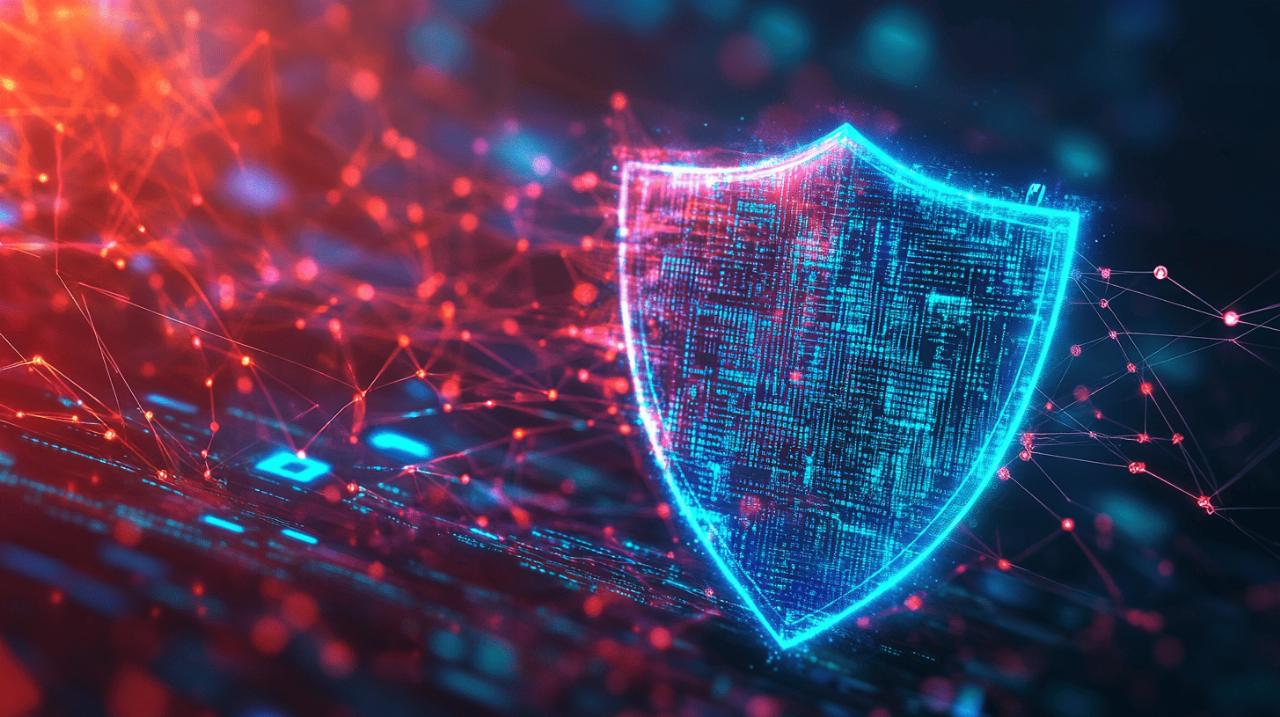In today's digital landscape, online security has become a paramount concern for individuals and organisations alike. As cyber threats continue to evolve, understanding the mechanisms that protect our online interactions is crucial. Digital certificates play a fundamental role in this security framework, providing authentication and encryption capabilities that safeguard our digital communications. Let's explore how these digital safeguards work and why they matter for everyday internet users.
The fundamentals of digital certificates
Digital certificates serve as electronic credentials that establish trust in the digital world. Similar to how a passport verifies your identity when travelling internationally, digital certificates confirm the identity of websites, servers, and other entities online. These certificates work within a sophisticated framework known as Public Key Infrastructure (PKI), which manages the creation, distribution, and validation of digital certificates. When you connect to secure websites using https://www.acacert.it/ or other protected domains, digital certificates are working behind the scenes to verify that you're connecting to legitimate websites rather than fraudulent ones.
What digital certificates are and how they function
At their core, digital certificates link cryptographic key pairs to specific identities. They operate on the principles of asymmetric encryption, which involves two mathematically related keys: a public key that can be freely shared and a private key that remains securely with the owner. When you visit a secure website, your browser receives the site's digital certificate containing its public key. This certificate has been verified and signed by a trusted Certificate Authority (CA), which acts as a neutral third party guaranteeing that the certificate holder is indeed who they claim to be.
Digital certificates facilitate two essential security functions: authentication and encryption. Authentication verifies the identity of the party you're communicating with, while encryption ensures that the data exchanged remains confidential and protected from eavesdropping. The certificate validation process happens almost instantaneously during what's known as an SSL handshake, where your browser checks the certificate against trusted CA certificates pre-installed in your system.
The structure and components of digital certificates
Digital certificates follow standardised formats and contain several critical components that ensure their reliability. These include the subject's distinguished name (identifying who the certificate belongs to), the public key, the issuer's name and digital signature, a unique serial number, validity period, and information about the cryptographic algorithms used. This structured approach allows browsers and other applications to interpret and validate certificates consistently across different platforms and services.
The most common type of digital certificate is the SSL/TLS certificate, which comes in several validation levels. Domain Validated (DV) certificates verify domain ownership and can be issued within minutes. Organisation Validated (OV) certificates require additional verification of the organisation's identity and typically take a few days to issue. Extended Validation (EV) certificates undergo the most rigorous validation process, providing the highest level of trust and security assurance to website visitors.
Digital certificates in everyday online security
 The impact of digital certificates extends far beyond technical specifications; they directly affect our daily online experiences and security. From online shopping to banking transactions, these certificates provide the foundation for secure digital interactions. Understanding how they protect us can help users make more informed decisions about their online security practices and recognise potential threats.
The impact of digital certificates extends far beyond technical specifications; they directly affect our daily online experiences and security. From online shopping to banking transactions, these certificates provide the foundation for secure digital interactions. Understanding how they protect us can help users make more informed decisions about their online security practices and recognise potential threats.
Securing website connections with SSL/TLS certificates
When you visit a website and see the padlock icon in your browser's address bar, you're witnessing digital certificates in action. SSL/TLS certificates establish encrypted connections between your browser and web servers, creating a secure tunnel for data transmission. This encryption ensures that sensitive information such as passwords, credit card details, and personal data remains protected from interception by malicious actors. The familiar HTTPS protocol relies entirely on this certificate-based security mechanism.
Beyond standard website security, digital certificates also play a crucial role in code signing, which verifies the authenticity of software developers and ensures that applications haven't been tampered with after release. This protection is increasingly important as cybercriminals develop more sophisticated methods to distribute malware, exploiting new vulnerabilities 43% faster than in previous years according to recent security research.
Identity verification across digital platforms
Digital certificates provide robust identity verification mechanisms across various digital platforms. User and device certificates identify specific individuals or devices within organisations, often serving as components in access control systems and two-factor authentication solutions. These certificates help prevent unauthorised access to sensitive systems and information by ensuring that only legitimate users and devices can connect to protected resources.
Email security also benefits significantly from digital certificates through S/MIME (Secure/Multipurpose Internet Mail Extensions) technology, which enables secure email communication through digital signatures and encryption. These email certificates verify the sender's identity and protect message contents from unauthorised access, addressing critical concerns about email spoofing and confidentiality.
The application of digital certificates extends to compliance with various regulatory requirements. Standards like PCI DSS for payment processing and eIDAS for electronic transactions in Europe specifically require robust certificate-based security measures. By implementing proper certificate management practices, organisations can more easily meet these compliance obligations while simultaneously strengthening their overall security posture against evolving cyber threats.




